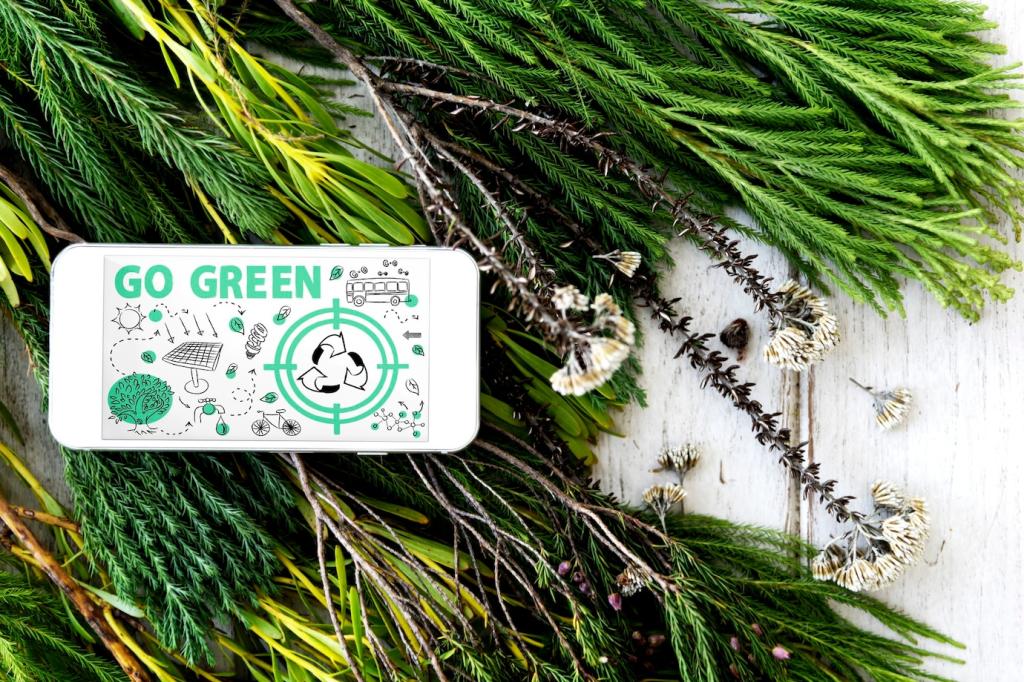Case Anecdotes and Lessons
We once swapped glossy boxes for plain, printed paper tape. Complaints rose for two weeks—then referrals jumped after we explained the change with photos, numbers, and an apology for scuffed corners. The voice lesson: tell the whole story early, invite reactions, and be ready to iterate together.
Case Anecdotes and Lessons
A neighborhood compost crew asked for space on our site. We co-wrote a guide, shared pick-up schedules, and highlighted soil results from a school garden. Subscriptions grew modestly, but trust soared. The voice lesson: amplify local experts and give your platform to the people doing the work.






